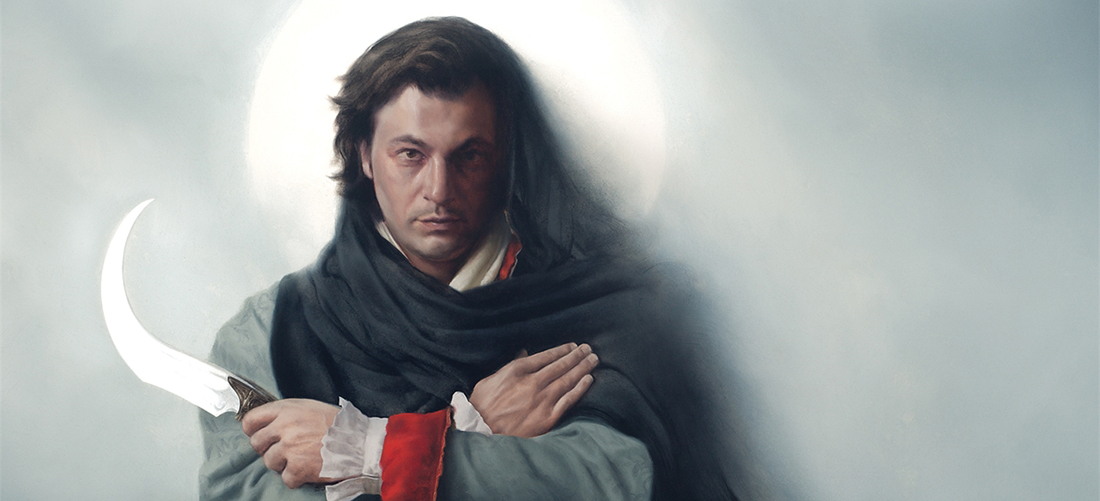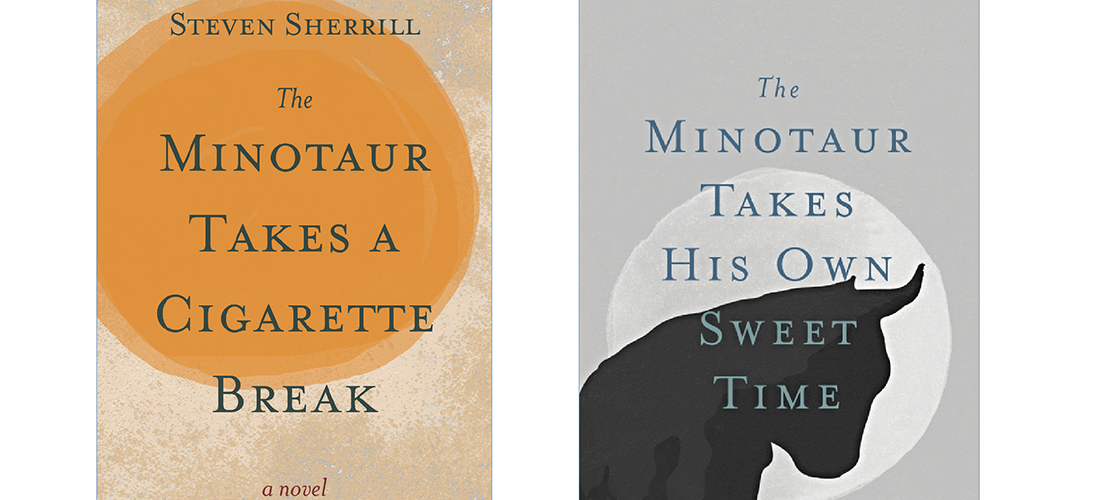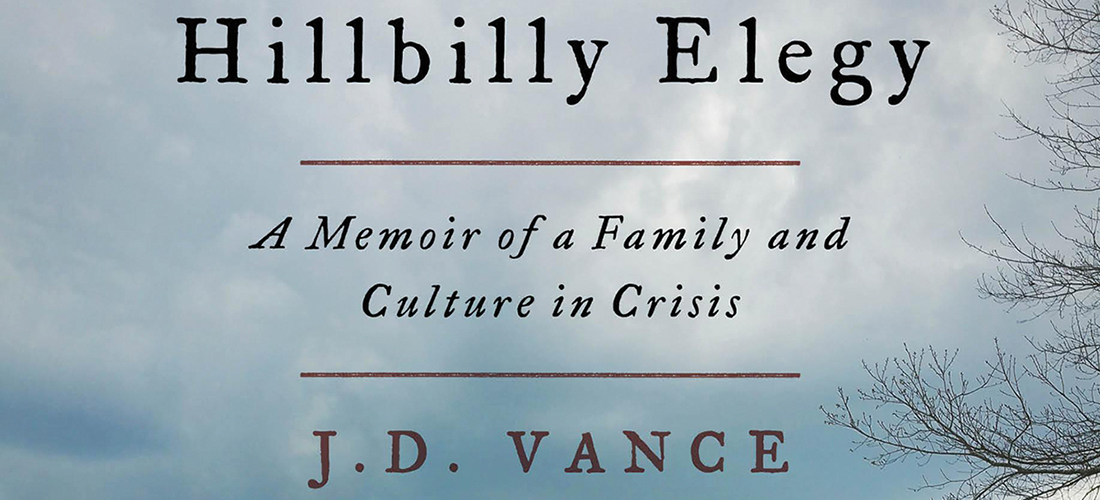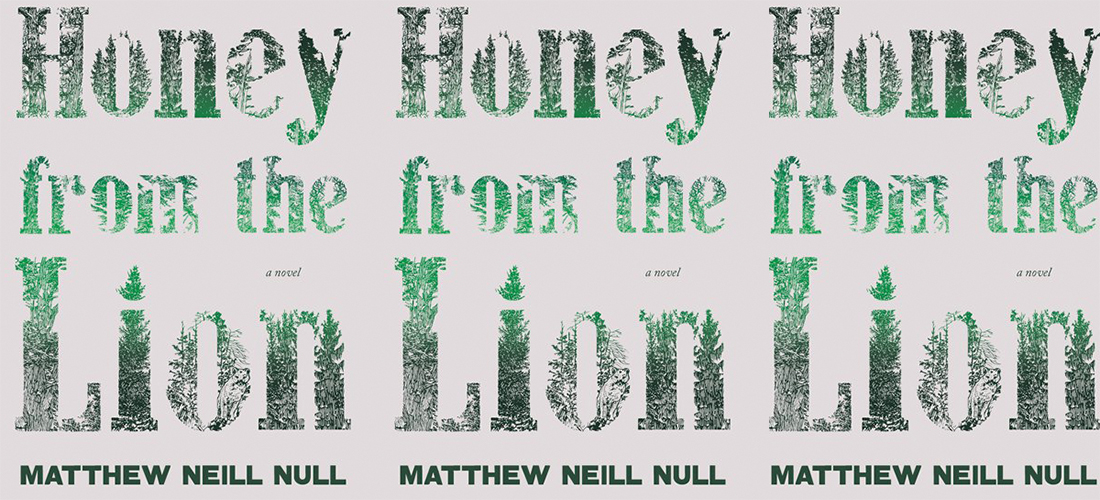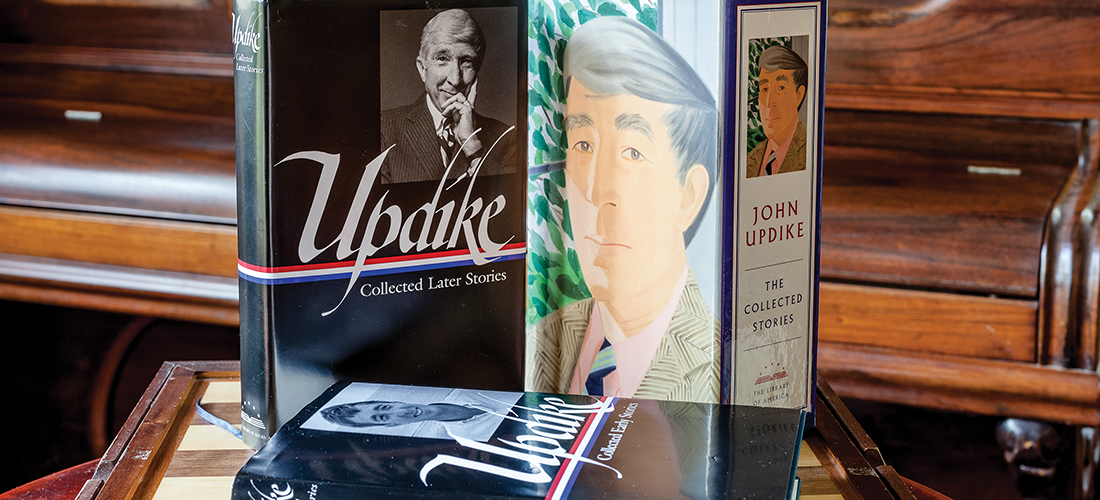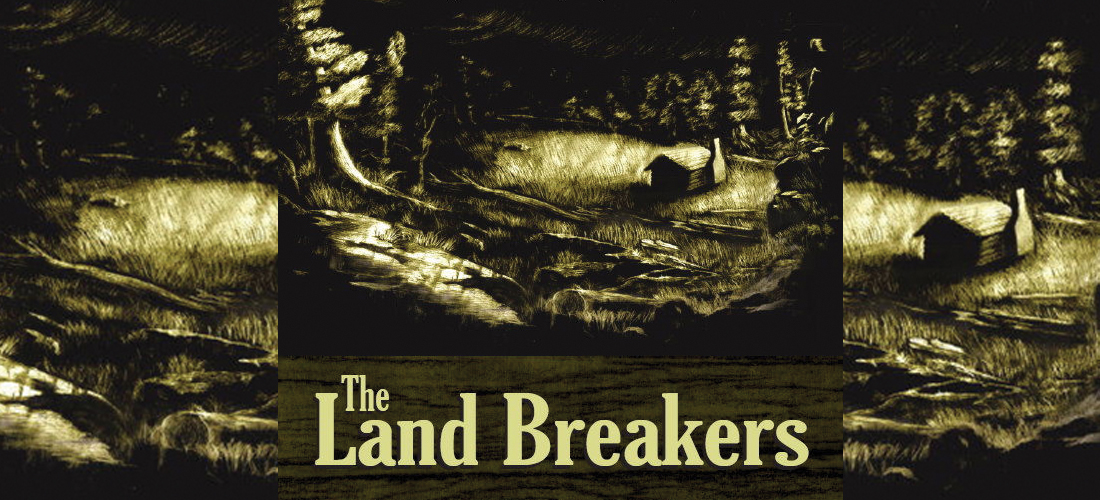Finding the uncommon in a common man
By Stephen E. Smith
We’ve grown infamous for what we should know but don’t. What’s more distressing is our proclivity for spouting “factoids,” assumptions that are repeated so often they become accepted as truth. Ask a reasonably well-educated person what he or she knows about Ulysses S. Grant and you’ll probably hear that Grant was a drunken Civil War general and a president whose administration was tainted by scandal. Beyond that, you’re not likely to get much in the way of revelatory information.
Certainly we’re suffering no dearth of sources. Curious readers have access to Personal Memoirs of U.S. Grant — one of the finest memoirs written by an American — and recent biographies include Jean Edward Smith’s 2002 Grant and H.W. Brands’ 2013 The Man Who Saved the Union, lesser volumes which have done little to compensate for the general lack of knowledge regarding a man who rose in seven years from a clerk in a leather goods store to commander of all Union forces in the Civil War to a two-term president of the United States. As president, Grant may not be as obscure and maligned as James Buchanan or Andrew Johnson, but he has nonetheless slipped from memory, and most of what remains in our collective awareness are vague misconceptions and flawed characterizations.
With American Ulysses: A Life of Ulysses S. Grant, Ronald C. White offers new insights into the life of the 18th president of the United States. Whereas Pulitzer Prize-winning biographer William McFeely stated emphatically in his 2002 biography of Grant: “I am convinced that Ulysses Grant had no organic, artistic, or intellectual specialness,” White finds much to admire, basing his observation on Grant’s interior life, his intense love for his wife and children, his fondness for the theater and novels, and his loyalty to his friends, not a few of whom led him into the ill-conceived schemes that tarnished his second term as president. “I discovered that Grant’s life story has so many surprising twists and turns, highs and lows, as to read like a suspense novel,” White writes. “His nineteenth-century contemporaries knew his story well. They offered him not simply admiration but affection. In their eyes he stood with Washington and Lincoln.”
Indeed, Grant was held in high regard by his countrymen — and by ordinary people around the world. But McFeely’s critical judgment of Grant as an unexceptional man isn’t without justification. White’s account of Grant’s early life reveals no hint of exceptionalism, and his years as a young Army officer and his subsequent sojourn as a hardscrabble farmer offered no indication that he’d rise to general of the Army of the United States, the first non-brevet officer to hold the rank since Washington. Moreover, his terms as president were marked by the best of intentions regarding Reconstruction, civil rights and Native American assimilation. By contemporary standards, dismal though they may be, Grant’s presidential years were only vaguely tarnished by the misconduct of trusted associates.
Readers who believe themselves schooled in the facts of Grant’s life will encounter the occasional surprise. Grant, the general who would destroy the Southern economy and social construct, was, for a brief period, a slave owner. White points out the general’s views on “the peculiar institution” were pragmatic and demonstrate evolution of thought. In a letter to his abolitionist father, Grant wrote: “My inclination is to whip the rebellion into submission, preserving all constitutional rights. If it cannot be whipped in any other way than through a war against slavery, let it come to that legitimately.” A year later he would write to Elihu Washburne, a Republican congressman from Illinois and Lincoln supporter: “I was never an Abolitionist, not even what could be called anti-slavery, but I try to judge fairly & honestly and it became patent to my mind early in the rebellion that the North & South could never live at peace with each other except as one nation, and that without slavery.”
Other miscalculations would prove to be more damaging to Grant’s wartime reputation, such as his General Order No. 11: “The Jews, as a class, violating every regulation of trade established by the Treasury Department . . . are hereby expelled . . . ” Although he claimed that a member of his staff had written the order, Grant was, according to White, solely responsible for an order that threatened to alienate the 7,000 Jews who served in the Union Army.
The most oft-repeated factoid regards Grant’s alcohol consumption. (There’s no hard evidence that Lincoln ever said that if he knew Grant’s favorite brand of whiskey he’d send barrels of it to his other commanders.) White attributes rumors of Grant’s intemperance to jealous fellow officers. “Few had ever met Grant — but no matter. Once the label ‘drunkard’ became affixed to a man in the army, it could seldom be completely erased.” He also rejects the notion that Julia Grant was the “balm” for her husband’s drinking, citing evidence to support the claim that Grant rarely over-imbibed.
Grant’s Civil War successes, from Fort Donelson to Appomattox, are adequately reprised in White’s narrative, and for hard-core Civil War enthusiasts there’s a plethora of histories that cover Grant’s military career in more exhaustive detail. Where White’s biography shines is in evaluating Grant’s post-war conduct, falling decidedly on the side of Grant’s defenders.
As president, Grant worked tirelessly for Native American assimilation and black civil rights. And he was temporarily successful in crushing the Ku Klux Klan, but was, in the long run, unsuccessful in changing attitudes that ruled the hearts and minds of Americans, especially Southerners. White also focuses on the Gold standard, the Annexation of Santo Domingo, the Virginius Affair, and the scandal surrounding the Gold Ring. Grant’s second term was dominated by economic upheaval, and White’s analysis of the Panic of 1873, precipitated by the failure of the brokerage house of Jay Cooke & Company to sell bonds issued by the Northern Pacific Railway, is thoroughly researched and placed in perspective.
Unfortunately, Grant’s grasp of economics, on a personal level and as head of the federal government, was a weakness that plagued him into his old age when he was bankrupted by a smooth-talking swindler. But Grant always rallied when he found himself in difficult circumstances, and his finest achievement occurred when, suffering from incurable throat cancer, he transformed himself into a man of letters and wrote his two-volume personal memoir, restoring his family’s fortune. After Grant’s death, Julia received royalties amounting to $450,000 ($12 million in today’s dollars).
The overriding value of White’s biography is in deepening our knowledge of a controversial American leader and the machinations that shaped his presidency. Forget about the notion that history repeats itself. It doesn’t. But an accurate understanding of the past is necessary to place the present in context. We have an obligation to possess more than a muddled, haphazard knowledge of the events that have shaped the moment.
Given the tenor of the times, White probably won’t succeed in bringing “the enigmatic, inspiring, and complex story of American Ulysses . . . to the wider audience he deserves,” but if McFeely’s 2002 psychological appraisal of Grant leaves us with a decidedly negative impression — “. . . he (Grant) had forced himself out of the world of ordinary people by the most murderous acts of will and had doomed himself to spend the rest of his life looking for approval for having done so” — White instills in the reader a sense of pride in the political system that nurtured a leader possessed of uncommon tenacity and persistent moral courage. PS
Stephen E. Smith is a retired professor and the author of seven books of poetry and prose. He’s the recipient of the Poetry Northwest Young Poet’s Prize, the Zoe Kincaid Brockman Prize for poetry, and four North Carolina Press awards.

